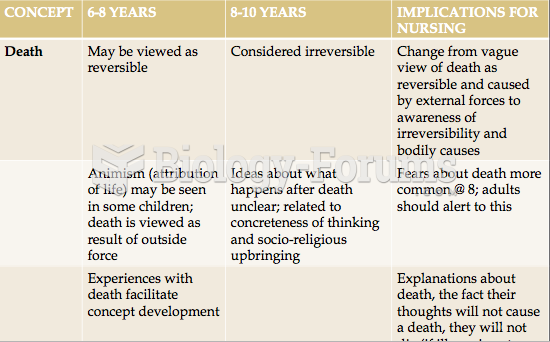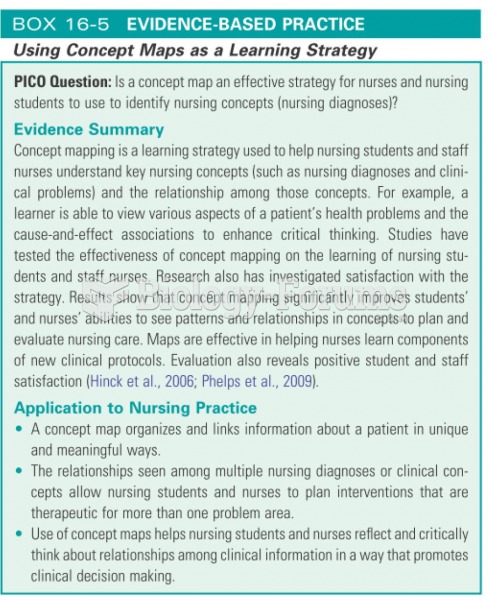Answer to Question 1
The danger in tracking is that the track becomes a label that creates expectations on the part of both the teacher and the students regarding how well individual students are capable of performing. Teachers may tend to encourage performances that are consistent with the track a student is in, and students assume that being placed in a track indicates the performance level of which they are capable. In addition, research shows that lower-class students and minority students are considerably more likely to be placed in the lower tracks than other students, even among students of equal abilities and performance levels. This suggests that tracking decisions are made, at least in part, on the basis of stereotypes about social class and race, and that racism may influence the outcome. It certainly raises troubling questions about how fair the process is. Because of these problems, some schools have discarded formalized ability grouping.
Answer to Question 2
According to the interactionist perspective, labeling can have serious consequences for students.
Labeling a person as a deviant, for example, can serve as a self-fulfilling prophecy when people begin to conform to the expectations of the labels attached to them. Likewise, a similar process can occur in the classroom when teachers label students as bright or dull. When students are so labeled, teachers may treat them differently, possibly giving the students who are labeled bright a little more encouragement and assistance. In addition, those labeled dull may assume that there is some truth in the label and may not try very hard. The result of both the students' and the teachers' reactions may be reinforcement of the label, or a self-fulfilling prophecy as the labelers create what they thought they were merely identifying in the first place. Schools, then, become a social problem when these face-to-face educational encounters produce stigmatizing results, lower students' self-esteem, and make educational success more difficult to achieve.







